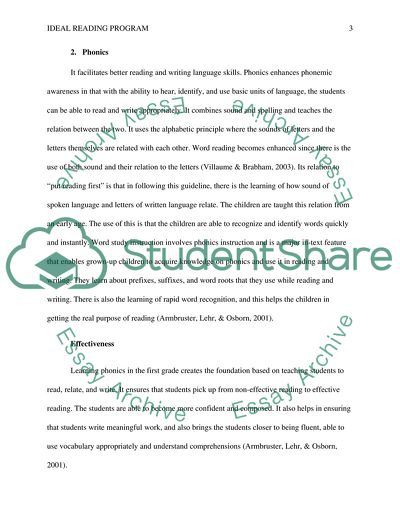Cite this document
(Ideal Reading Program for First Grade Coursework Example | Topics and Well Written Essays - 1250 words - 1, n.d.)
Ideal Reading Program for First Grade Coursework Example | Topics and Well Written Essays - 1250 words - 1. https://studentshare.org/education/1783208-ideal-reading-program
Ideal Reading Program for First Grade Coursework Example | Topics and Well Written Essays - 1250 words - 1. https://studentshare.org/education/1783208-ideal-reading-program
(Ideal Reading Program for First Grade Coursework Example | Topics and Well Written Essays - 1250 Words - 1)
Ideal Reading Program for First Grade Coursework Example | Topics and Well Written Essays - 1250 Words - 1. https://studentshare.org/education/1783208-ideal-reading-program.
Ideal Reading Program for First Grade Coursework Example | Topics and Well Written Essays - 1250 Words - 1. https://studentshare.org/education/1783208-ideal-reading-program.
“Ideal Reading Program for First Grade Coursework Example | Topics and Well Written Essays - 1250 Words - 1”. https://studentshare.org/education/1783208-ideal-reading-program.


